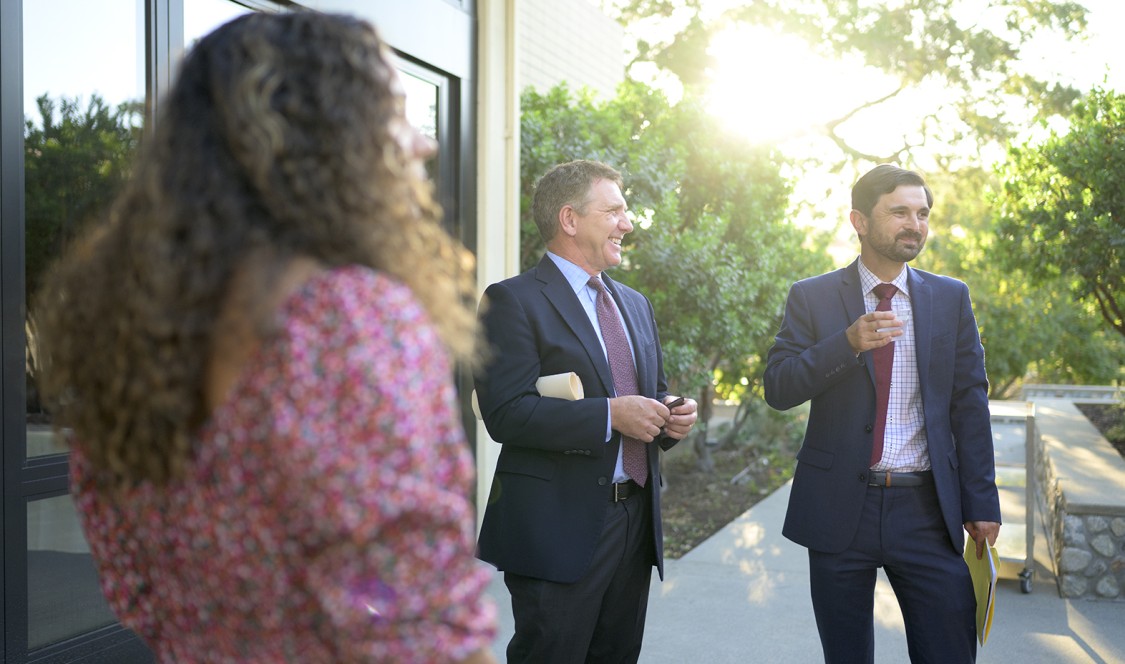Each election cycle, California voters face the challenge of deciphering complicated ballot propositions. This November, voters will answer seven questions in addition to deciding who should run their cities, and represent them at the state and federal levels. The proposed statewide measures range from climate change, to abortion rights, arts education, and sports betting.
CMC students, faculty, and staff gathered at the Athenaeum on Sept. 28, seeking guidance and expert analysis on these important policy issues from Ken Miller, professor of government at CMC and director of the Rose Institute, and Nicolas Heidorn '06, founder and principal of Heidorn Consulting, a firm that specializes in state and local policy and advocacy.
Miller’s research focuses on state government institutions, with an emphasis on direct democracy and the interaction between law and politics. Heidorn majored in government at CMC, and pursued his interest in election law to Harvard Law school, where he earned a JD, and was formerly the Policy Director for California Common Cause, where he led the organization's legislative advocacy in Sacramento.
As a CMC student, Heidorn worked on the Video Voter Guide, and he and Miller introduced the audience to this resource, produced by Rose Institute students every two years to offer California voters an objective, easy-to-understand synopsis of each proposition.
Miller said that he views the biannual project as an essential component of the “Rose Institute’s public education mission” to inform California voters.
The seven propositions on the ballot this November might seem overwhelming compared to from the 23 other states that allow citizen measures, but for California this is a “light year,” said Heidorn. He added that this phenomenon likely won’t be repeated in the state’s future election years, given how popular the initiative process — which Californians adopted in 1911—continues to be.
The duo then provided an overview of the elements of California’s direct democracy process, and a breakdown of how each measure ended up on the ballot, including which groups or companies are in support or opposition.
Heidorn also shared a peek behind-the-scenes of the Video Voter Guide including the research and revisions that are involved. Then Miller introduced two of the videos, one about the proposed state constitutional amendment by California lawmakers to guarantee reproductive rights (Prop. 1) and the other breaking down Prop. 30, which proposes raising taxes on top earners to fund programs intended to reduce greenhouse gas emissions and prevent wildfires.
CMC students — many of whom identified themselves as first-time California voters—lined up to ask questions that ranged from how endorsements influence voters, to how the referendum process actually works.
Miller encouraged everyone in attendance to view and then share the videos with their friends and family members — even those who don’t live in California— because “things that happen in California eventually spread across the country.”
View the entire Rose Institute Video Guide here.

